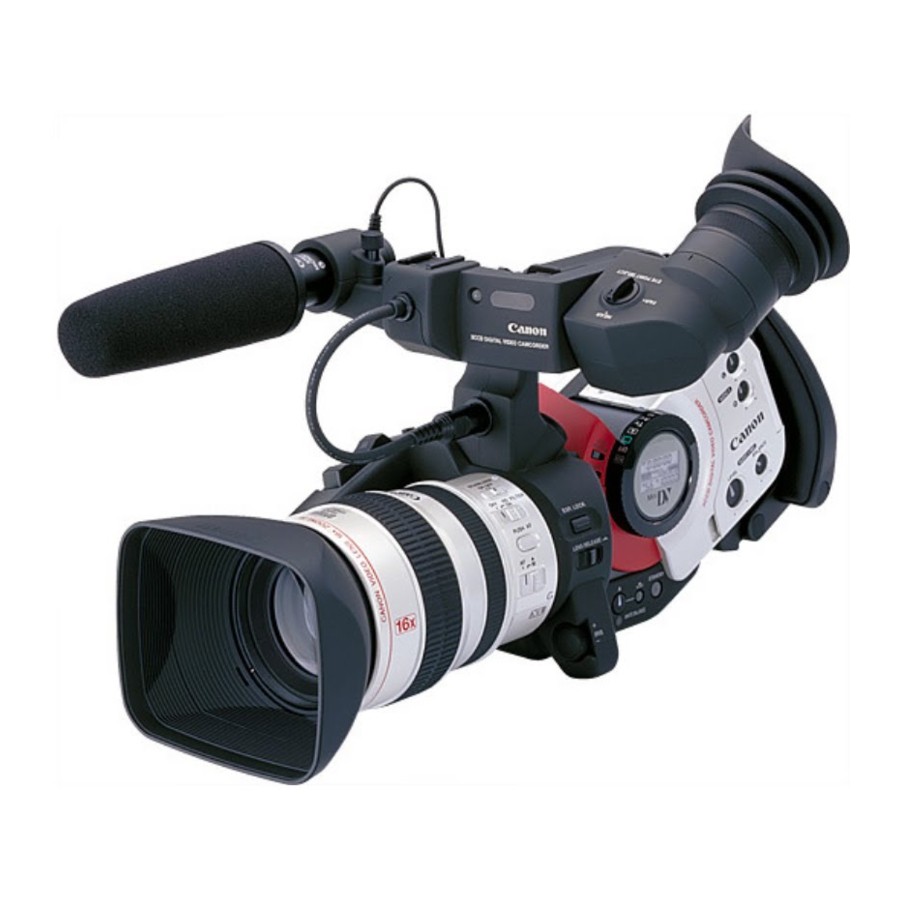Canon XL 1 사용자 설명서 - 페이지 21
{카테고리_이름} Canon XL 1에 대한 사용자 설명서을 온라인으로 검색하거나 PDF를 다운로드하세요. Canon XL 1 26 페이지. Camcorder
Canon XL 1에 대해서도 마찬가지입니다: 브로셔 (8 페이지), 사양 (1 페이지), 지침 (2 페이지), 브로셔 및 사양 (8 페이지), 사용자 설명서 (9 페이지), 매뉴얼 (9 페이지)

There are other techniques which can have as much effect on compressibility as the
above mentioned techniques. Because these techniques occur later in the process, it is
often possible to adjust them based on the results of test compressions, making fine-
tuning much easier.
• Static versus moving images As in production, superfluous moving images aren't
appropriate for content that you plan to aggressively compress. They are not that
important for DVD, but they are for web and CD-ROM.
• Motion blur In the same way that a real-world shutter speed introduces motion blur
that helps compression, you can use the virtual shutter in rendering applications. For
effects that support motion blur, render them with a shutter speed that matches that
of the source. This speed might be expressed as a duration, or, as in After Effects, as
the angle of a virtual shutter. The default is 180°, which corresponds to a shutter
speed half that of the frame rate.
• Anti-aliasing This rendering technique softens the edges of rendered elements,
letting a pixel at the edge of an area be an intermediate value. Smoothing out
transitions among parts of the image improves compressibility and appearance.
Capturing video: choosing formats and connections
• Analogue formats Analogue video uses fluctuating voltage and frequency signals to
transmit image data. It ranges greatly in quality but is inherently susceptible to
visual interference from electronic noise, like power lines, and suffers attenuation,
or the loss of signal power and quality over long cable runs (usually 300 meters or
more). Equipment that supports analogue signals is generally more affordable, and
analogue video formats are still the most commonly used because of the long-term
use of legacy equipment that is still active today.
Because computers only use digital data, the analogue source must be converted to a
digital copy to be captured. When it is sent back to an analogue medium like
videotape, it is converted back to an analogue signal. This conversion can lead to
minor errors (quantization errors) being introduced because of the imprecise
relationship between analogue and digital signals. You can minimize these
quantization errors by using the right format, good equipment, cables, and
connections.
• Composite A composite video signal carries the luminance and the chrominance
channels in a single signal. The biggest problem with composite video is that luma
information can leak into chroma, and vice versa. This leakage can lead to noise,
known as chroma crawl, which can be amplified by the video capture process and
reduce the overall quality. Composite video is generally understood to be the lowest
quality video signal that you can use and is more appropriate for video delivery
(broadcast) than as a source for content creation (video editing, DVD authoring, or
encoding for the web). Common sources of composite video are VHS (1/2 inch
tape) VCRs and camcorders, broadcast television signals, and older U-Matic 3/4-
inch professional VTRs.
The connectors common to composite video are RCA or Cinch for consumer
equipment and BNC (Bayonet Neill-Concelman), a twist-locking connector
21
